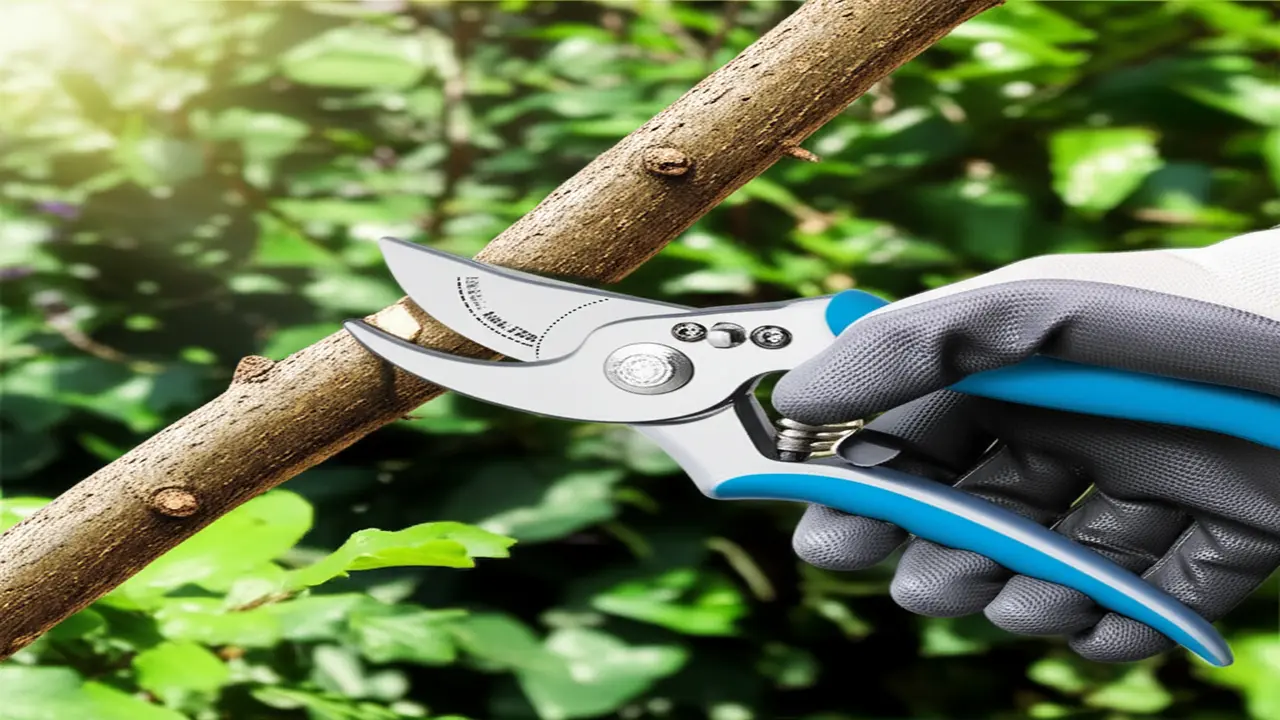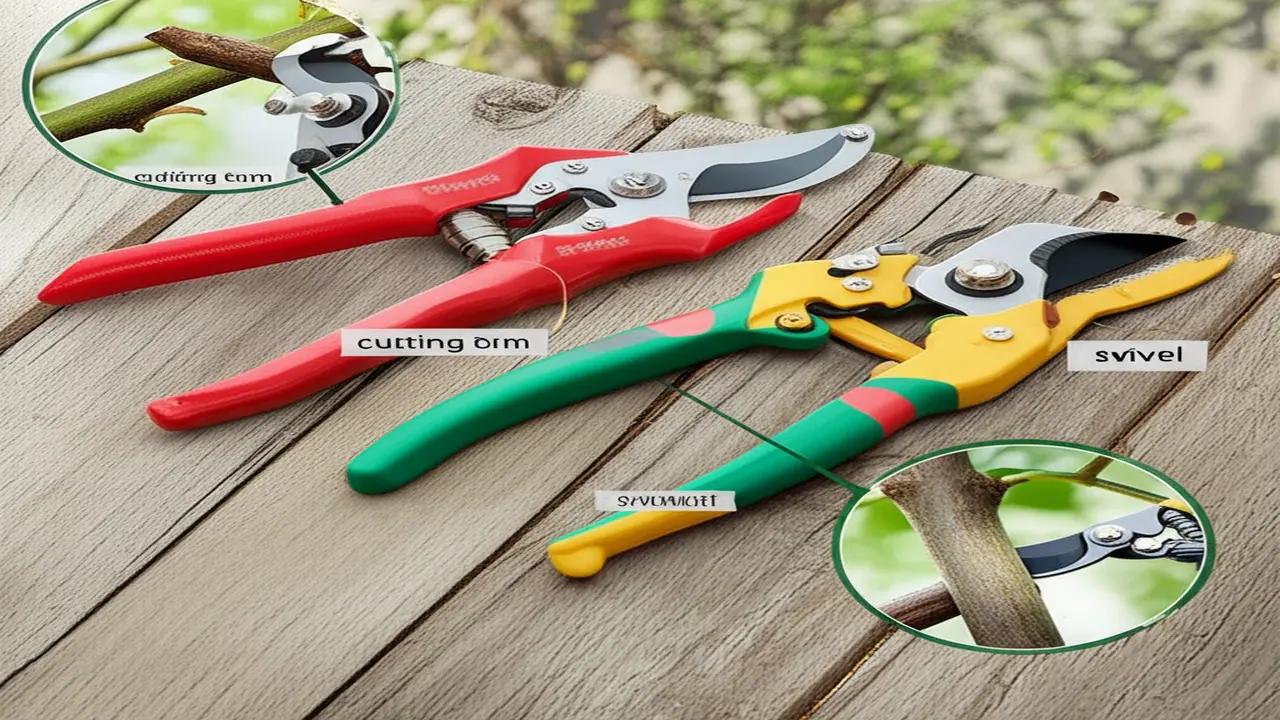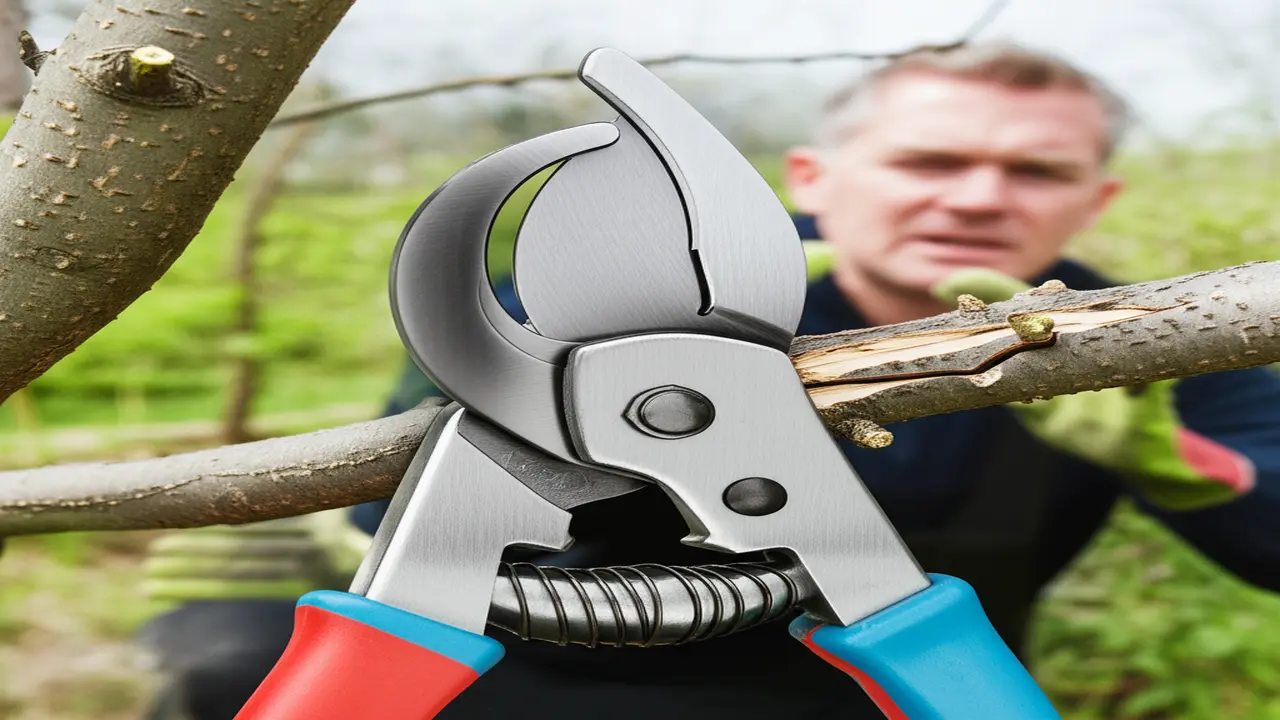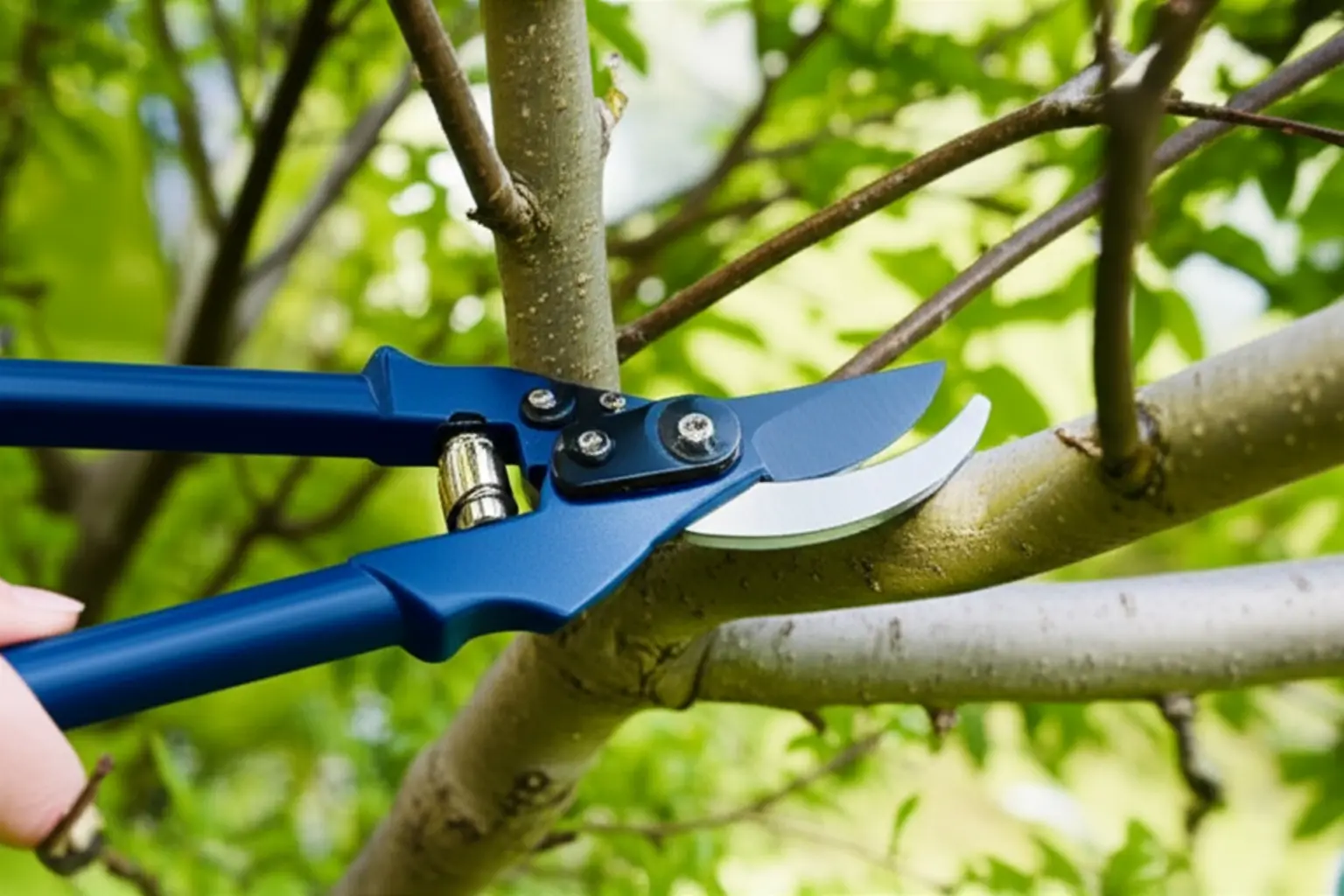
1. Understanding Pruning Shears Cutting Capacity

2. Cutting Capacities by Pruning Tool Type
2.1 Hand Pruners (Secateurs)
Common hand pruners typically cut branches ranging from about 12mm (1/2 inch) up to 25mm (1 inch). Bypass pruners have sharply angled blades that slide past each other for clean cuts, ideal for live stems, while anvil pruners crush through wood and suit dead branches. The cutting capacity also depends on the tool’s size and the user’s hand strength; heavier or larger models generally handle thicker branches but require more effort. For those seeking precise pruning shears, understanding the cutting capacity relative to hand strength is essential. More on maintaining these tools efficiently can be found in our guide to how to sharpen pruning shears.
2.2 Loppers
Loppers extend the cutting capacity to approximately 25mm (1 inch) up to over 50mm (2 inches), benefiting from longer handles that provide greater leverage. Advanced models in 2025 often incorporate gear or ratchet mechanisms that increase mechanical advantage, reducing user fatigue. Bypass loppers remain the preference for cutting green wood smoothly, whereas anvil types are often chosen for tougher or dry wood where a crushing cut is less problematic. Choosing the right lopper depends on the expected wood thickness and type, allowing for safer and more effective pruning.
2.3 Other Tools Overview
Beyond pruning shears and loppers, hedge shears and pruning saws cover cutting requirements exceeding typical shear capacities. Hedge shears excel at trimming shrubbery and shaping, while pruning saws handle large branches over 50mm thick that are beyond the reach of most powered or manual shears. Using the proper tool ensures efficient garden maintenance without unnecessary strain or damage to plants.
This information helps gardeners make informed decisions when selecting pruning tools based on the branch size and type encountered. For advanced pruning assistance, exploring pruning shears for thick branches provides further insights into specialized tools suited for demanding cuts.
3. Factors Impacting Real-World Cutting Capacity
Cutting technique and angle hold significant influence as well. Using pruning shears at the correct angle and positioning ensures cleaner cuts, prolongs tool life, and improves pruning efficiency. Leveraging the full cutting stroke with minimal effort also maximizes cutting capacity. Moreover, user strength and leverage matter; physically stronger users can manage thicker branches more easily, yet well-designed ergonomic pruning shears can aid all users in applying adequate force.
Lastly, tool quality and design greatly dictate performance. High-grade materials for blades and handles along with smooth pivot mechanisms enhance cutting power and durability. Investing in quality pruning shears not only increases effective cutting capacity but also ensures comfort and safety during prolonged use. Together, these factors shape the real-world effectiveness of pruning shears beyond the stated cutting diameters, empowering gardeners in their tool choices and pruning strategy.

4. Risks of Exceeding Cutting Capacity
5. Selecting Pruning Shears Based on Cutting Capacity
6. Maximizing Shears Performance and Longevity
7. Recognizing When Branches Are Too Thick
– Excessive force is required to close the blades, pointing to a branch diameter exceeding the shears’ rated cutting capacity.
– The blades bind or fail to close smoothly, often due to resistance from overly thick woody stems.
– Audible cracking or splitting sounds occur when attempting the cut, signaling strain on both the blades and plant tissue.
– Visible blade flexing or separation, which indicates the shears are under stress and unable to handle the branch thickness properly.
Recognizing these signs helps gardeners avoid damaging their pruning tools and ensures safer, cleaner cuts. If these symptoms appear frequently, it may be time to upgrade to pruning shears for thick branches or consider heavy-duty models designed for larger diameter cuts. Proper tool selection and maintenance extend tool life and improve pruning outcomes in 2025 and beyond.

